PRESENT DAY
Today, The Salvation Army’s Emergency Disaster Services (EDS) has grown into an international network involving thousands of trained personnel worldwide, including many volunteers. Salvation Army EDS personnel respond to incidents of various sizes and scopes. In following with its holistic ministry, the Army provides supports that meet the immediate, as well as long-term, physical, emotional and spiritual needs of disaster survivors and responders.
The frequency and impact of hazards is on the rise worldwide. Earthquakes, hurricanes, tsunamis, forest fires, tornadoes, ice storms and severe rainstorms are happening more often than ever before. The Red Shield continues to be a symbol of hope and compassion; of immediate aid, psychosocial and spiritual support to individuals and families whose lives have been disrupted or shattered by forces beyond their control.
For example, in September 2018, when six tornadoes touched down in the Ottawa and Gatineau area, The Salvation Army was immediately on the scene providing food, hydration and emotional support to those responding. In addition, EDS personnel continued to support those affected in both provinces. Working with municipal and provincial governments, as well as other partners, The Salvation Army provided vital support in both the short and long term.
The Salvation Army plays a critical role in all aspects of the emergency management continuum: mitigation, preparedness, response and recovery. The figure below highlights the four interdependent functions of Disaster and Emergency Management (DEM): mitigation of, preparedness for, response to, and recovery from emergencies and disasters. These functions can be undertaken sequentially or concurrently, and they are not independent of each other.
The inner circle includes all the elements that influence the development of the Disaster and Emergency Management Plan (DEMP), such as:

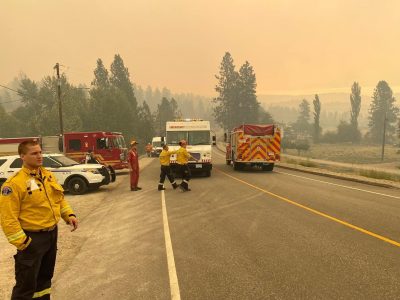
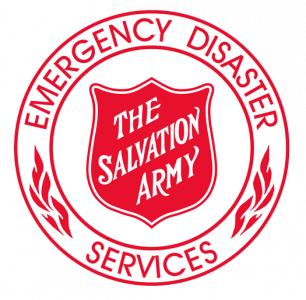
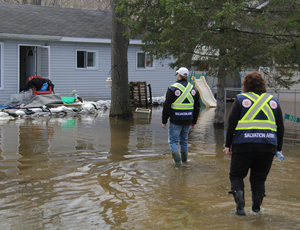 Mitigation entails actions to reduce the impacts of hazards. Participating in groups and partnerships allows The Salvation Army an opportunity to advocate for the most vulnerable who are unequally affected by hazards and emergencies.
Mitigation entails actions to reduce the impacts of hazards. Participating in groups and partnerships allows The Salvation Army an opportunity to advocate for the most vulnerable who are unequally affected by hazards and emergencies.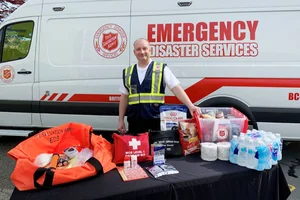

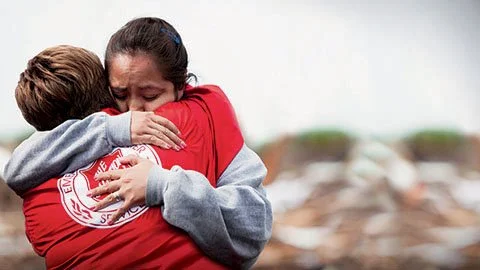 With a presence in over 400 communities across Canada, The Salvation Army can provide both immediate emergency assistance and long-term recovery help. Long-term recovery is strategically planned in response to the situation, through working and partnering with many other community entities.
With a presence in over 400 communities across Canada, The Salvation Army can provide both immediate emergency assistance and long-term recovery help. Long-term recovery is strategically planned in response to the situation, through working and partnering with many other community entities.